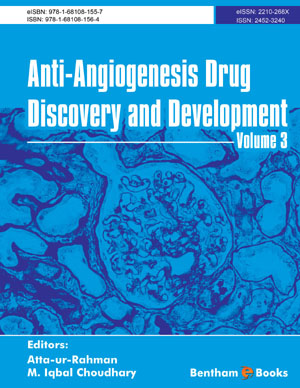Abstract
Somatostatin (SS) was originally discovered as a hypothalamic neurohormone which inhibits growth hormone secretion. The synthesis of the first two metabolically stabilized and more potent SS analogs, octreotide and lanreotide leads to the establishment of applications for them and to introduction into routine therapies.
The effectiveness of octreotide or lanreotide in controlling symptoms and GH/IGFI hypersecretion in acromegalic patients, both preoperatively and postoperatively is well proven. Similarly, these drugs are also very effective in the treatment of TSHsecreting adenomas.
The introduction of these drugs into therapy of the functional neuroendocrine tumors of the gastrointestinal tract was a crucial step in the treatment. Octreotide and lanreotide are the drugs of choice in the treatment of patients with: VIPoma, glucagonoma and carcinoid syndrome. Somatostatin receptor scintigraphy with OctreoScan has been recommended as the best imaging technique in these tumors in the localization and staging procedure.
SS analogs, coupled to radioisotope or cytotoxic drugs, create another class of SS molecules, very promising in the therapy of the endocrine glands tumors and in other tumors. Another class of SS analogs comprises hybrid molecules, which are chimera of sst2 agonist and D2 agonist, possessing more potent activity than these agonists, applied together.
Keywords: Somatostatin, somatostatin analogs, neuroendocrine tumors, diagnosis, somatostatin receptor scintigraphy, treatment, somatostatin receptor-targeted therapy






















